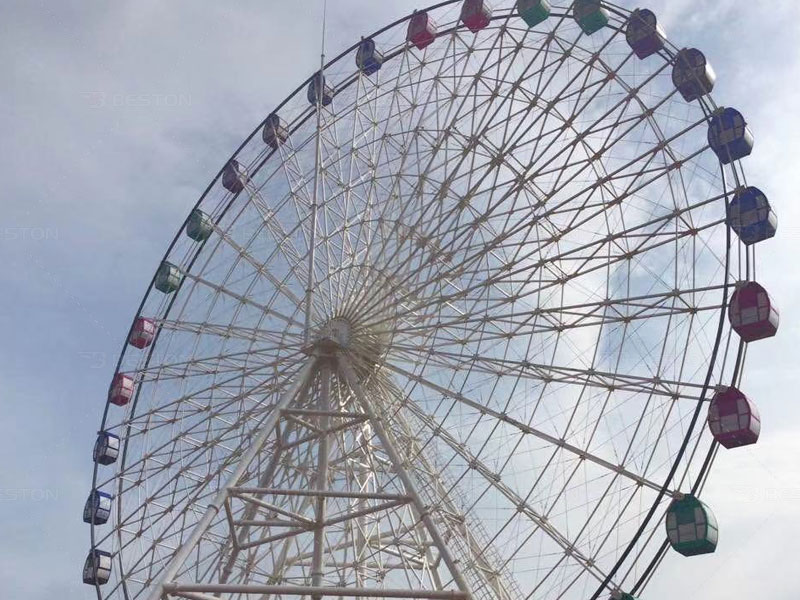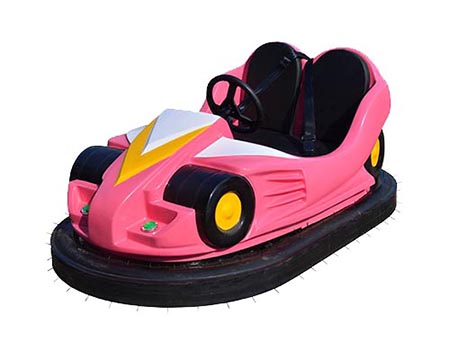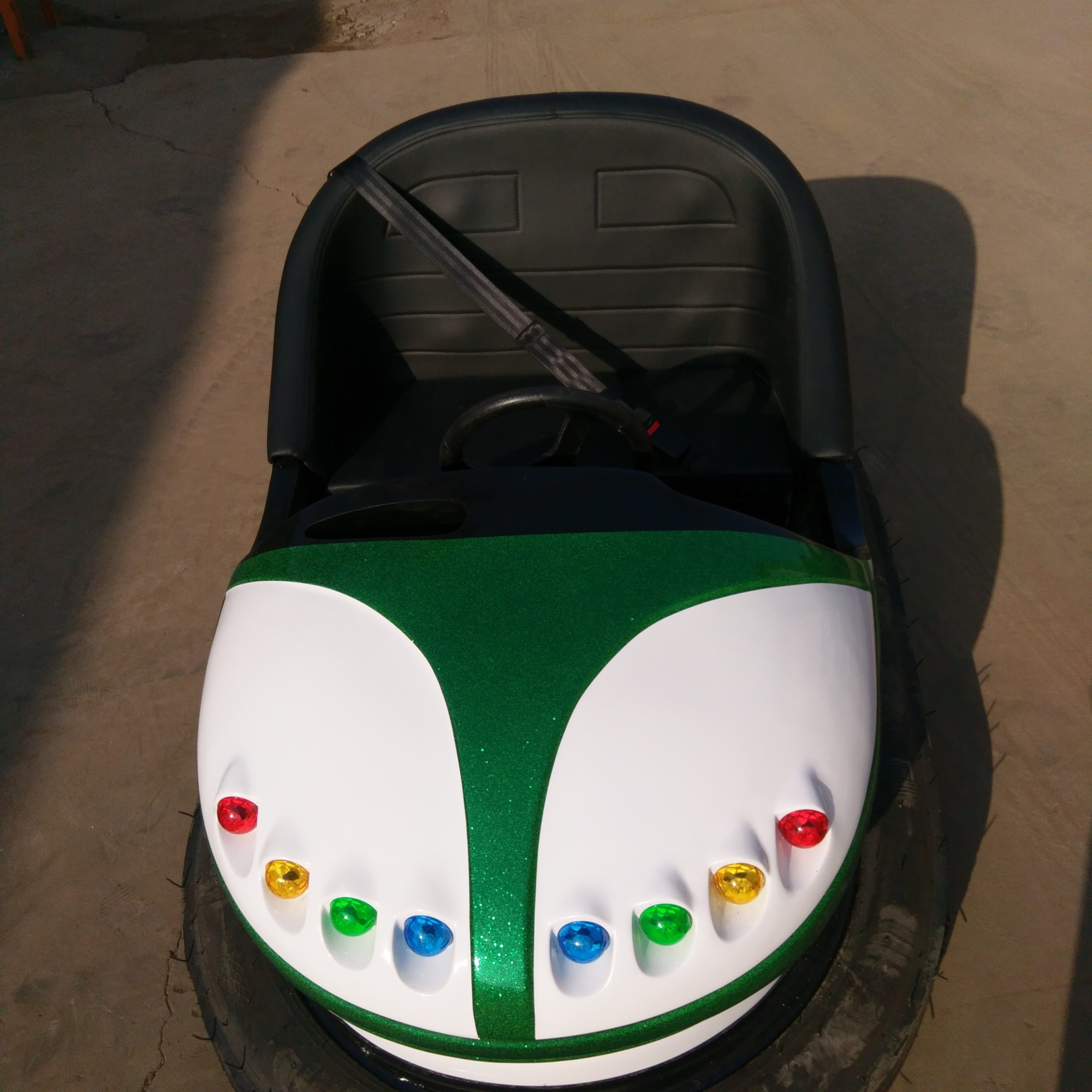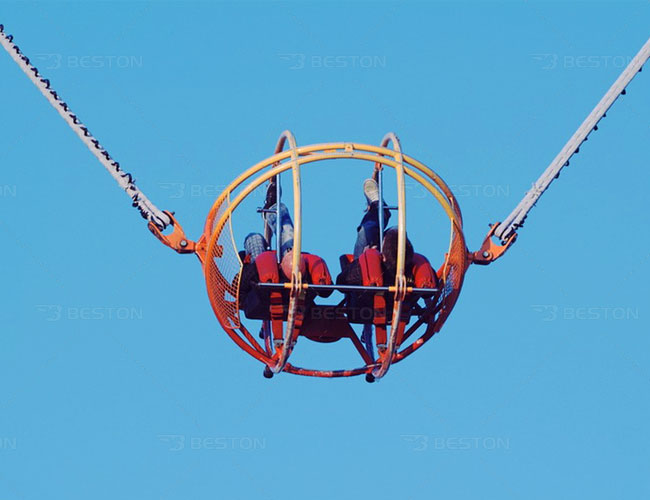Choosing a suitable ferris wheel ride can be an exciting and enjoyable experience. Ferris wheels come in various sizes, styles, and features, so it’s important to consider several factors before making a decision. This guide will provide you with helpful tips to choose the perfect ferris wheel ride that meets your preferences and expectations.
Determine the Purpose:
Consider why you want to ride the ferris wheel. Are you looking for a thrilling experience, a romantic outing, or a family-friendly adventure? Identifying the purpose will help you narrow down your options.

Research the Options:
Start by researching ferris wheels in your area or the destination you plan to visit. Look for amusement parks, fairs, or tourist attractions that offer ferris wheel rides. Explore their websites or contact them directly to gather information about the different rides available in https://BESTONamusementparkrides.com/.
Height and Size:
Ferris wheels vary in height and size. If you enjoy breathtaking views and a sense of adventure, opt for a larger wheel that offers a higher vantage point. Smaller wheels are often suitable for families or those seeking a milder experience. Consider the height and size of the ferris wheel in relation to your comfort level and preferences.
Scenic Location:
Ferris wheels situated in scenic locations enhance the overall experience. Look for rides that offer stunning views of the city skyline, ocean, mountains, or other picturesque landscapes. Consider the backdrop you prefer and choose a ferris wheel ride from a professional manufacturer that offers a visually appealing environment.
Theme and Design:
Some ferris wheels are designed with specific themes, such as historical eras, movie characters, or cultural elements. If you have a particular interest in a specific theme, search for ferris wheels that align with your preferences. The unique design and ambiance can add to the enjoyment of the ride.
Additional Features:
Many ferris wheels now include additional features to enhance the experience. Look for rides that offer air-conditioned cabins, glass-bottomed cabins, or rotating cabins. These features can provide added excitement or comfort during the ride. Consider any specific features you may desire and choose accordingly.
Reviews and Recommendations:
Reading reviews and seeking recommendations from others who have experienced ferris wheel rides can be valuable. Check online platforms, such as travel websites or social media, for feedback from previous riders. Their insights can help you gauge the overall quality, safety, and enjoyment of a particular ferris wheel.

Safety Considerations:
Ensure that the ferris wheel you choose prioritizes safety. Research the ride’s maintenance record, safety measures, and certifications. Look for amusement parks or attractions that follow strict safety protocols and have a good reputation for maintaining their rides.
Ticket Prices and Accessibility:
Consider your budget and the ticket prices for the ferris wheel ride. Compare the prices of different options and choose one that fits within your budget. Additionally, check the accessibility options available, such as wheelchair accessibility or accommodations for individuals with disabilities.
Timing and Crowd Levels:
Consider the timing of your visit and the expected crowd levels. If you prefer a more relaxed experience, choose a time when the ferris wheel is less crowded. Weekdays or early mornings are often quieter compared to weekends or peak hours. Plan your visit accordingly to maximize your enjoyment.
In conclusion, buying a suitable ferris wheel ride involves considering factors such as the purpose, height and size, scenic location, theme and design, additional features, reviews, safety considerations, ticket prices, accessibility, and timing. By taking these factors into account, you can select the perfect ferris wheel ride that caters to your preferences, ensuring a memorable experience for yourself and your companions.



